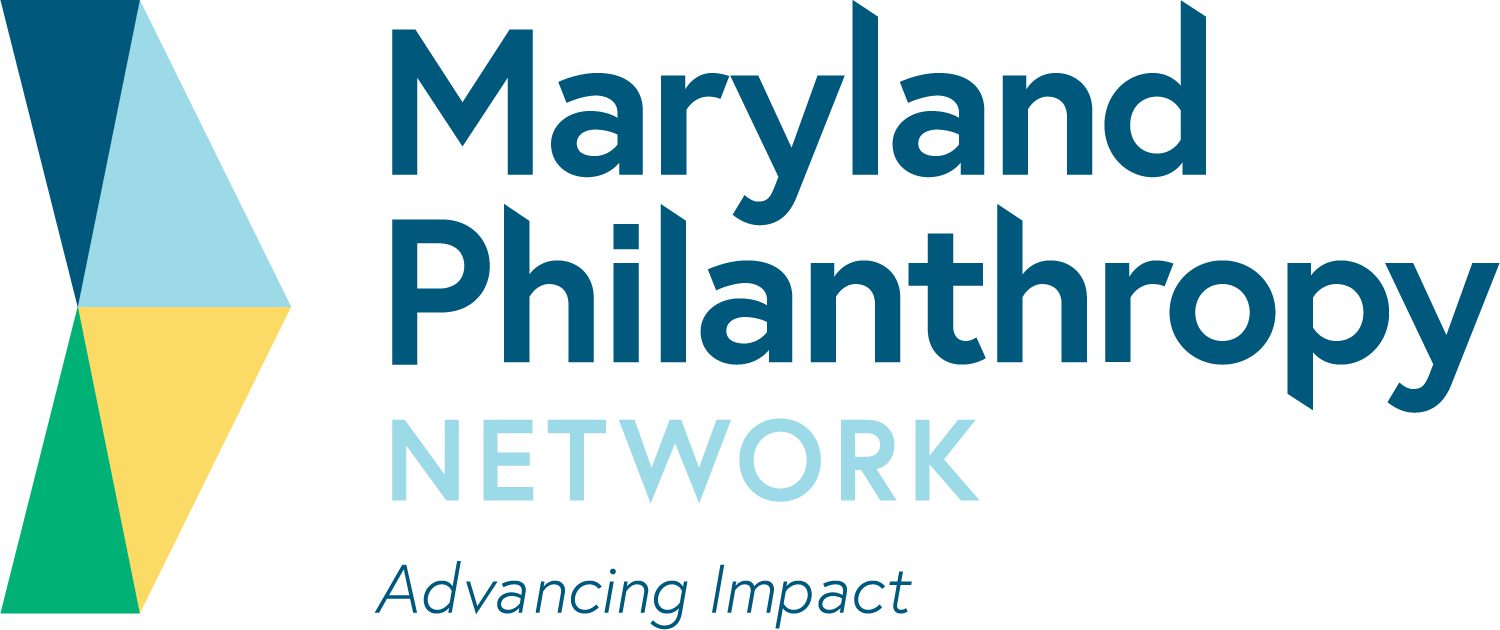The T. Rowe Price Foundation and nonprofit groups plan to open a center in downtown Baltimore to encourage entrepreneurship and financial health among low- and moderate-income residents.
In recent years a growing number of foundations have fastidiously articulated new program goals to support people of color, people who are LBGTQ, people with low incomes, and others facing barriers to progress. But Jara Dean-Coffey says something huge is missing from all of those equity efforts — a rethinking of the way foundations measure success.
The Abell Foundation and the local Neighborhood Impact Investment Fund will contribute $5 million toward a new program to assist startups in needy Baltimore communities.
Eric Ward, who is African American, is an expert on white nationalism. He worked in foundations for seven years, including a three-year stint as a program officer at the Ford Foundation.
Two local organizations are joining together to launch an emergency assistance fund to help the community through the COVID-19 crisis, especially the county's "working poor."
Baltimore County Executive Johnny Olszewski on Tuesday announced the launch of the Baltimore County COVID-19 Emergency Response Fund, which he says will support residents and promote public health during the COVID-19 pandemic.
For a city that faces so many perpetual challenges with equity, economic and otherwise, Baltimore has no shortage of business owners, administrators, nonprofit leaders and other professionals who have made diversity and inclusion part of their mis
As the novel coronavirus (COVID-19) continues to disrupt all sectors of society, nonprofits stand to play central roles in local and national efforts to support and assist those in need.
The Community Foundation of Anne Arundel County (CFAAC) established the Community Crisis Response Fund in 2018 to provide flexible financial a
An outline of a potential school day was drawn from interviews with more than 20 education leaders determining what reopened schools might look like come fall.
THE CORONAVIRUS has thrown many of the ills of American society into sharp relief: slow decision-making, inequality and a safety-net full of holes. A superpower that should have been well prepared to fight the pandemic is floundering instead.
Maryland has launched a new online portal designed to connect the state's manufacturers of personal protective equipment and other essential items with buyers.
Coastal Hospice has been awarded a $2,ooo dollar Emergency Response Grant for Personal Protection Equipment.
New research shows that well-meaning efforts have not closed disparities. We need grant makers to do more to help nonprofits run by people of color build sustained support to meet the challenges ahead.
The Community Foundation of Harford County (CFHC), the nonprofit philanthropic organization dedicated to meeting the changing needs and interests of Harford County residents and their quality of life, announces the election of Joe
The United Way of Washington County and the Community Foundation of Washington County have raised $300,000 to help the community get through the COVID-19 crisis, according to a news release from the agencies.
The Community Foundation of the Eastern Shore just donated $5,000 to make sure hospitality workers get the training they need to keep them safe during the pandemic.
More than 1 out of every 100 Americans have now been vaccinated against the novel coronavirus, the virus that has overturned life as we know it for nearly a year. In the D.C. region, more than 200,000 people have gotten shots.
Supported by the Horizon Foundation, United Way of Central Maryland, Women’s Giving Circle and Community Foundation of Howard County, the biennial Changemaker Challenge encourages

